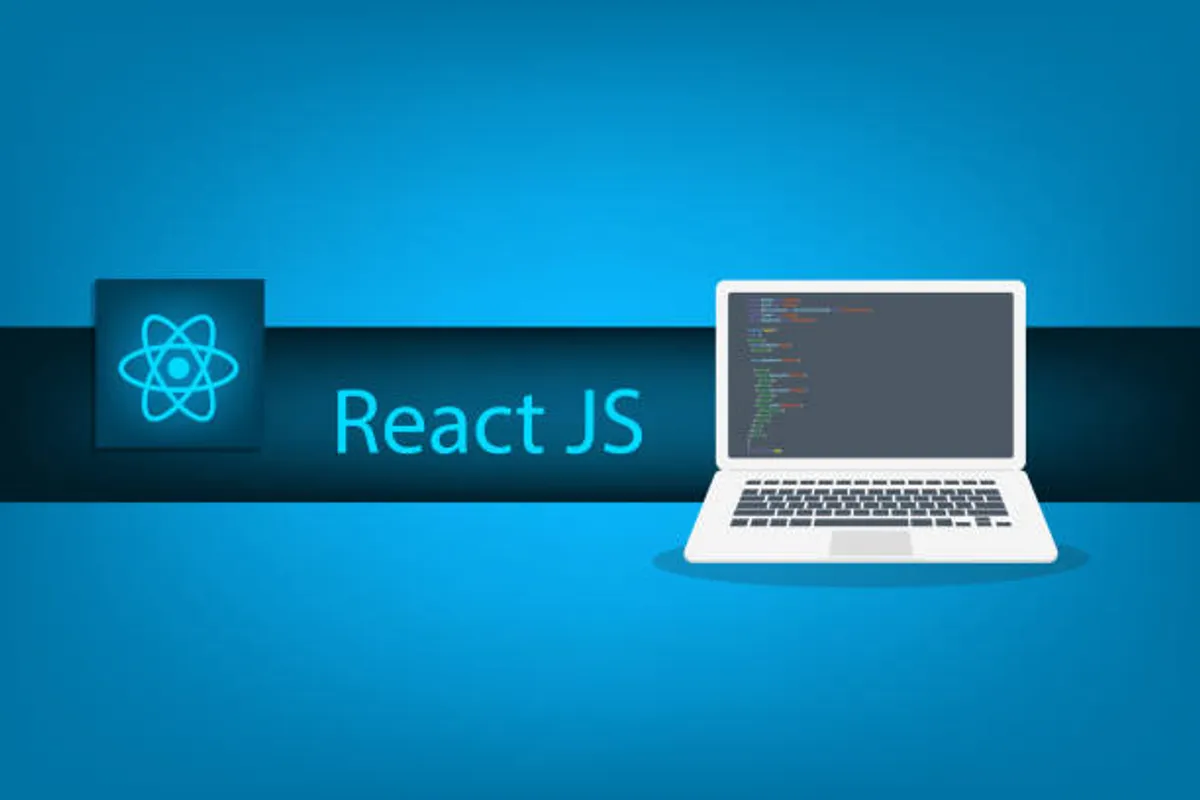
The 10x Developer's "Lazy" Stack for Building MVPs in a Weekend

GeokHub
Contributing Writer
You have a brilliant idea on a Tuesday. You’re excited. You open your IDE, and then you freeze. Which framework? Which database? How do I structure the authentication? Should I use microservices?
Three months later, you have a beautifully architected, perfectly scalable… skeleton of an app that no user has ever touched. The idea is dead, killed by over-engineering.
The secret of the 10x developer isn’t that they code faster. It’s that they ship faster. They are strategically “lazy.” They avoid unnecessary work by choosing tools that do the heavy lifting for them, allowing them to focus on what truly matters: validating the idea with real users.
This is the “Lazy Stack”—a curated set of tools designed for one thing: going from zero to deployed MVP in 48 hours.
The “Lazy” Philosophy: Maximize Output, Minimize Input
The core principles of the Lazy Stack are:
- Zero DevOps: No configuring servers, containers, or CI/CD pipelines. It’s all handled for you.
- Batteries-Included Frameworks: Choose tools that make decisions for you, so you don’t have to.
- Glue Over New: Use existing services as building blocks; don’t build from scratch.
- Type-Speed, Not Type-Safe: For an MVP, speed of iteration is more valuable than perfect type safety. We’ll use tools that offer a great developer experience without cumbersome setup.
The “Lazy Stack” Toolkit
Here are the core components that form the go-to stack for rapid prototyping.
1. The Full-Stack Framework: Vercel
The foundation of laziness is a platform that handles everything from code to global deployment. Vercel (for Next.js) is the undisputed king here.
- Why it’s “Lazy”: Connect your GitHub repo, and you get:
- Instant Deploys: Every
git pushtriggers a new production deployment. - Global CDN: Your app is fast everywhere, right out of the box.
- Serverless Functions: Backend API routes are just files in your frontend project. No separate server to manage.
- It’s Free: The hobby plan is more than enough for any MVP.
- Instant Deploys: Every
2. The Frontend: Next.js 14 (App Router)
While React is powerful, it’s not a complete solution. Next.js is the “lazy” choice because it’s a full-stack framework with all the hard decisions already made.
- Why it’s “Lazy”:
- File-Based Routing: Create a file in the
appdirectory, and it’s instantly a route. No configuration. - Built-in API Routes: Your backend is colocated with your frontend. Create an
/app/api/users/route.tsfile, and you have a serverless endpoint. - Streaming & Suspense: Easily create loading states without managing complex async logic.
- The
next-authLibrary: Simplifies adding Google/GitHub/etc. login in minutes.
- File-Based Routing: Create a file in the
3. The Database: Supabase
This is the secret weapon. Supabase is an open-source Firebase alternative built on PostgreSQL. It’s a database, but it’s so much more.
- Why it’s “Lazy”:
- Instant, Real-time Database: You get a full Postgres database without ever touching a command line.
- Built-in Auth: A complete user authentication system (sign-up, login, OAuth) that integrates seamlessly with Next.js.
- Auto-generated APIs: Supabase instantly gives you a RESTful and real-time API based on your database schema. You barely have to write backend code.
- Storage: Need image uploads? Supabase has a built-in S3-compatible storage API.
4. The Styling: Tailwind CSS + Shadcn/ui
Debating CSS architecture is a productivity black hole. This combo kills the debate.
- Why it’s “Lazy”:
- Tailwind CSS: You never have to leave your HTML/JSX. No context-switching to a separate CSS file, no naming things. It’s utility-first, which is perfect for rapid, consistent UI building.
- Shadcn/ui: This isn’t a traditional component library. It’s a collection of high-quality, copy-paste React components built on Tailwind and Radix UI. You copy the code into your project, so it’s fully customizable and has zero dependency bloat. Need a beautiful dialog, date picker, or data table? Copy. Paste. Customize. Done.
5. The “Lazy” Payments: Lemon Squeezy or Stripe
Don’t build a subscription system. Just don’t.
- Why it’s “Lazy”:
- Lemon Squeezy: Handles VAT, tax, and global payments out of the box with a shockingly simple API. It’s the “laziest” way to sell digital products or SaaS subscriptions.
- Stripe: More powerful and customizable. Their pre-built Payment Elements and Checkout get you a secure, compliant payment page in minutes.
The “Lazy” Workflow in Action: Building a SaaS MVP
Let’s see how this stack comes together to build a project management tool in a weekend.
-
Saturday Morning (Ideation & Setup):
npx create-next-app@latest my-saas --tailwind --eslint- Create a new project on Vercel, link the GitHub repo.
- Create a new project on Supabase, get the API keys.
- Copy the Shadcn/ui button component:
npx shadcn-ui@latest add button.
-
Saturday Afternoon (Core Features):
- Use
next-authwith Supabase adapter to set up email and Google login. - In Supabase dashboard, create
projectsandtaskstables. - In your Next.js app, use the Supabase client to fetch projects and display them. This requires almost no custom backend code.
- Style the UI with Tailwind and Shadcn/ui components.
- Use
-
Sunday Morning (Polish & Payments):
- Add real-time subscriptions to the
taskstable so updates appear live for all users. - Set up a “Pro Plan” in Lemon Squeezy. Embed their checkout form or use their API to generate a payment link.
- Protect your “Pro” features by checking the user’s subscription status (which can be stored in your Supabase
userstable).
- Add real-time subscriptions to the
-
Sunday Afternoon (Ship It!):
git add . && git commit -m "Ship the MVP" && git push- Vercel automatically deploys it. Your MVP is live.
- Share the link with 10 potential users and collect feedback.
When to Graduate from the “Lazy” Stack
This stack is for validation, not global scale. If your MVP gets traction, you can evolve it.
- Supabase is a powerful Postgres database that can scale.
- Next.js API routes can be broken out into a separate backend if needed.
- Vercel’s pro plan handles significant traffic.
The goal isn’t to build a castle on day one. The goal is to build a sturdy tent, see if people want to camp there, and then, only then, start laying the foundation for a castle.
Stop over-engineering. Embrace the “lazy.” Your most powerful asset as a developer is not your code, but a product in the hands of users.


